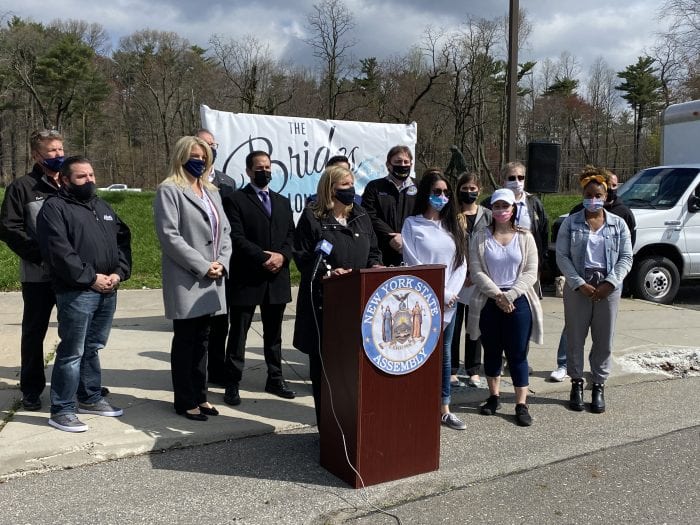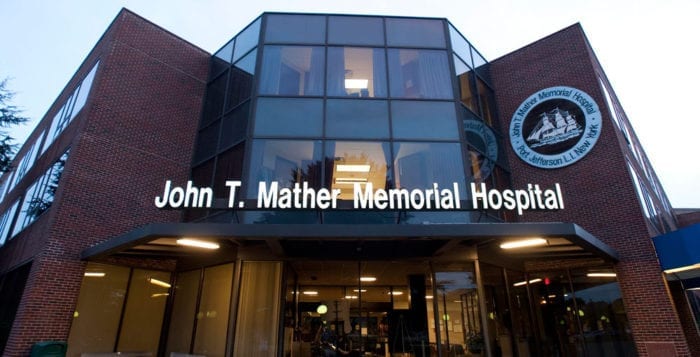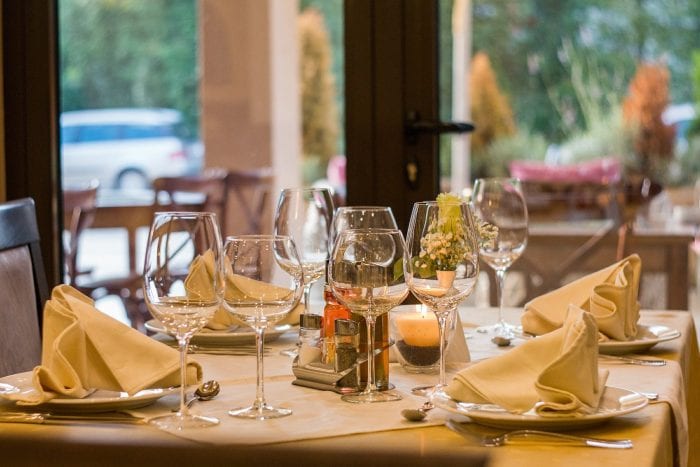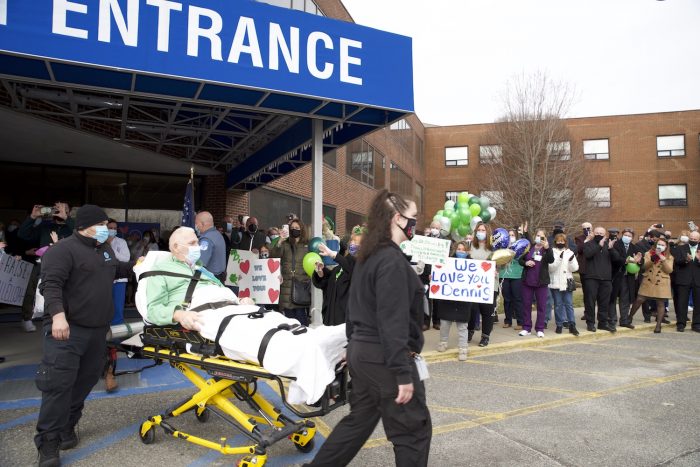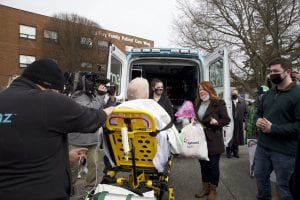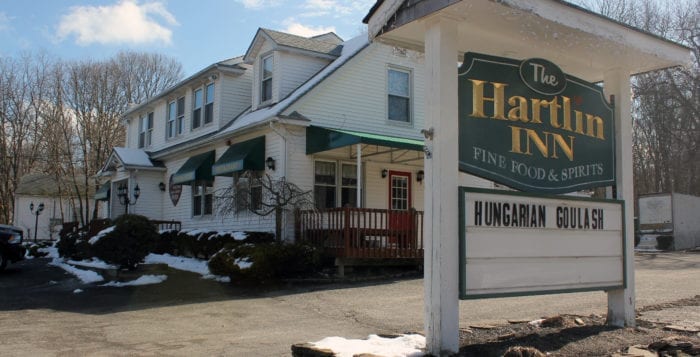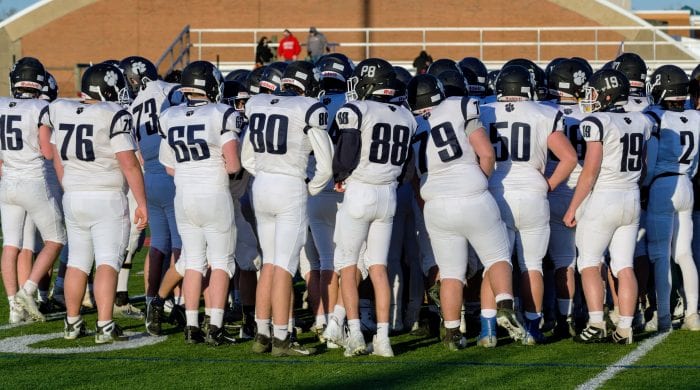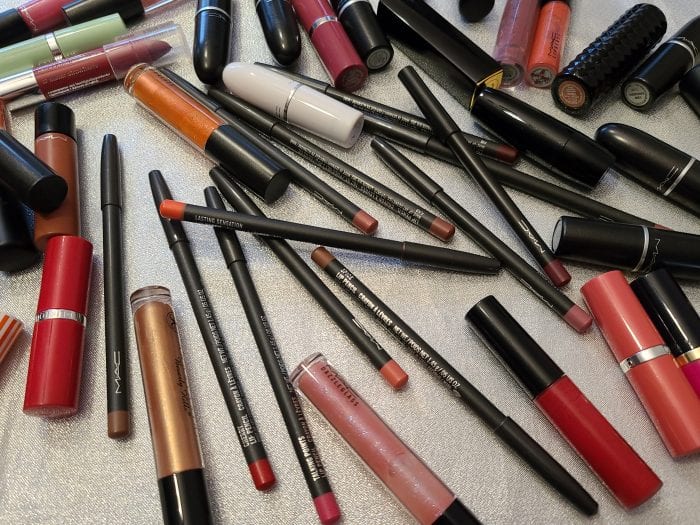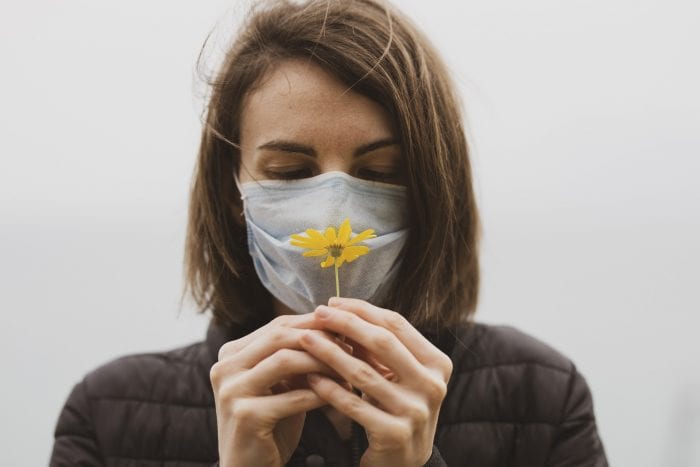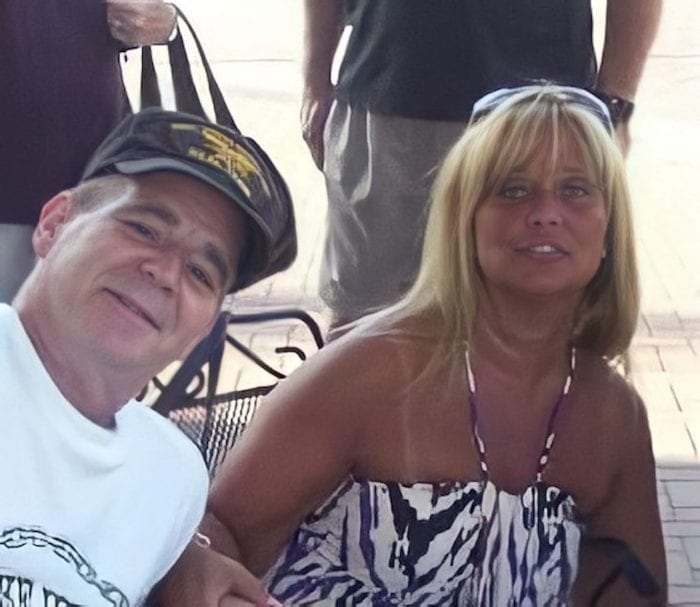By Kimberly Brown
The Brides of Long Island organization, state Assemblywoman Jodi Giglio (R-Riverhead) and other Republican lawmakers gathered at the H. Lee Dennison building in Hauppauge last Friday, April 16, to call for action by Gov. Andrew D. Cuomo (D) to lessen the overly restrictive COVID-19 regulations on weddings.
Some of the state’s pandemic regulations include up to 150 guests or 50% of a venue’s capacity whichever is smaller with mandatory COVID-19 testing, distanced dancing in designated areas, congregating only at guests’ assigned tables, and wearing face coverings unless while eating or drinking.
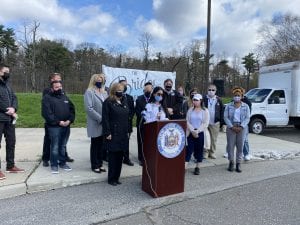
Heather Cunningham, founder of The Brides of Long Island — a website and Facebook group that consists of thousands of brides across the Island — expressed her concern for the overmanagement of regulations the state has put in place, causing brides to postpone their weddings to unknown future dates.
“We take for granted that the world will wait for us, but time can take away a father who is supposed to dance with his daughter and it can send a fiancé halfway across the world in early deployment,” Cunningham said, “It may be easy for elected officials like Governor Cuomo to say that weddings are nothing but parties, but weddings are so much more than a party, they are the days that connect us to our roots, beliefs, values and to each other.”
Questioning the science behind the regulations around weddings, Giglio said the state government has gone too far when it comes to preventing COVID-19 in large gatherings.
“Honestly, does the virus pack up and leave after midnight or 1 a.m.?” Giglio said, “Because that’s what the governor wants you to do at your wedding — pack up and leave.”
Since the shutdown began last year, wedding businesses have been one of the many industries that have taken a hard hit financially.
The wedding industry on Long Island generates an estimated $6 million a year in sales tax, as well as being one of the state’s largest employers.
John Salkowsky, owner of Silverfox Studios located in Lindenhurst, said the wedding industry has been brought to its knees, and lessening restrictions will help bring the businesses back to life.
“People make their decisions at the ballot box, and hopefully the governor will hear that and realize that by doing the right thing and lifting these restrictions will do great justice to this industry,” he said.
Ronkonkoma business owner of Absolute Entertainment, Kevin McClafferty, said planning a wedding is supposed to be one of the most joyous experiences for couples.
However, he has found that his clients are overly stressed when trying to plan their wedding around the state’s restrictions.
“A successful day at work for us is seeing exciting, smiling, happy faces — no masks,” he said.
Pointing out the flaws in the state’s regulations and restrictions on weddings, McClafferty mentioned a few of the over-managed rules he observed while on the job.
One of his observations included the state’s enforcement of “dance boxes,” where guests are allowed to use the dance floor in restricted zones with only the immediate members of their party.
He said this is one of the most over-managed of all the reopening strategies.
“It’s a good idea in theory, but a terrible idea in application and needs to be eliminated now,” McClafferty said.
Brides who joined Cunningham last Friday also expressed their disappointment in not being able to plan their weddings properly, with some brides being forced to cancel or relocate their weddings to other states in order to celebrate appropriately.
“We just want fair treatment.” Brittany Burton, an upcoming bride, said, “The people who are making the rules don’t see behind the scenes or worry about financials. They see money on their end before us.”
With over 6,500 signatures as of April 20 on Cunningham’s BOLI petition, titled Lessen the Overly Restrictive COVID-19 Regulations on Long Island Weddings, the brides of Long Island are waiting to see if their voices will be heard.

